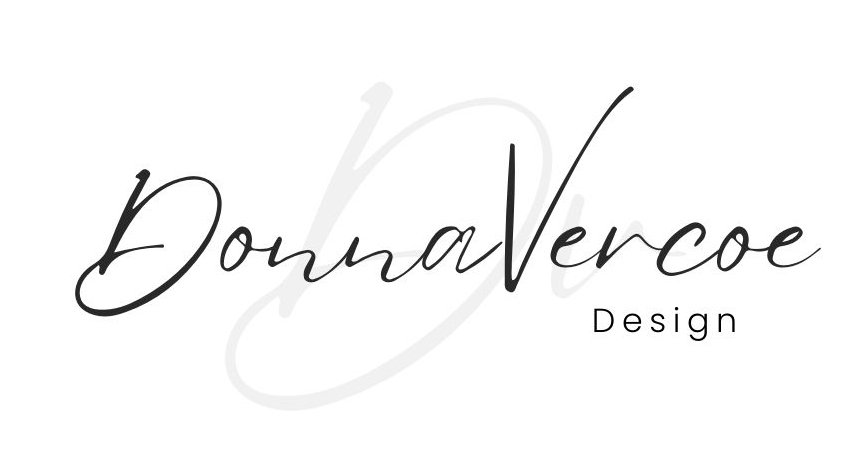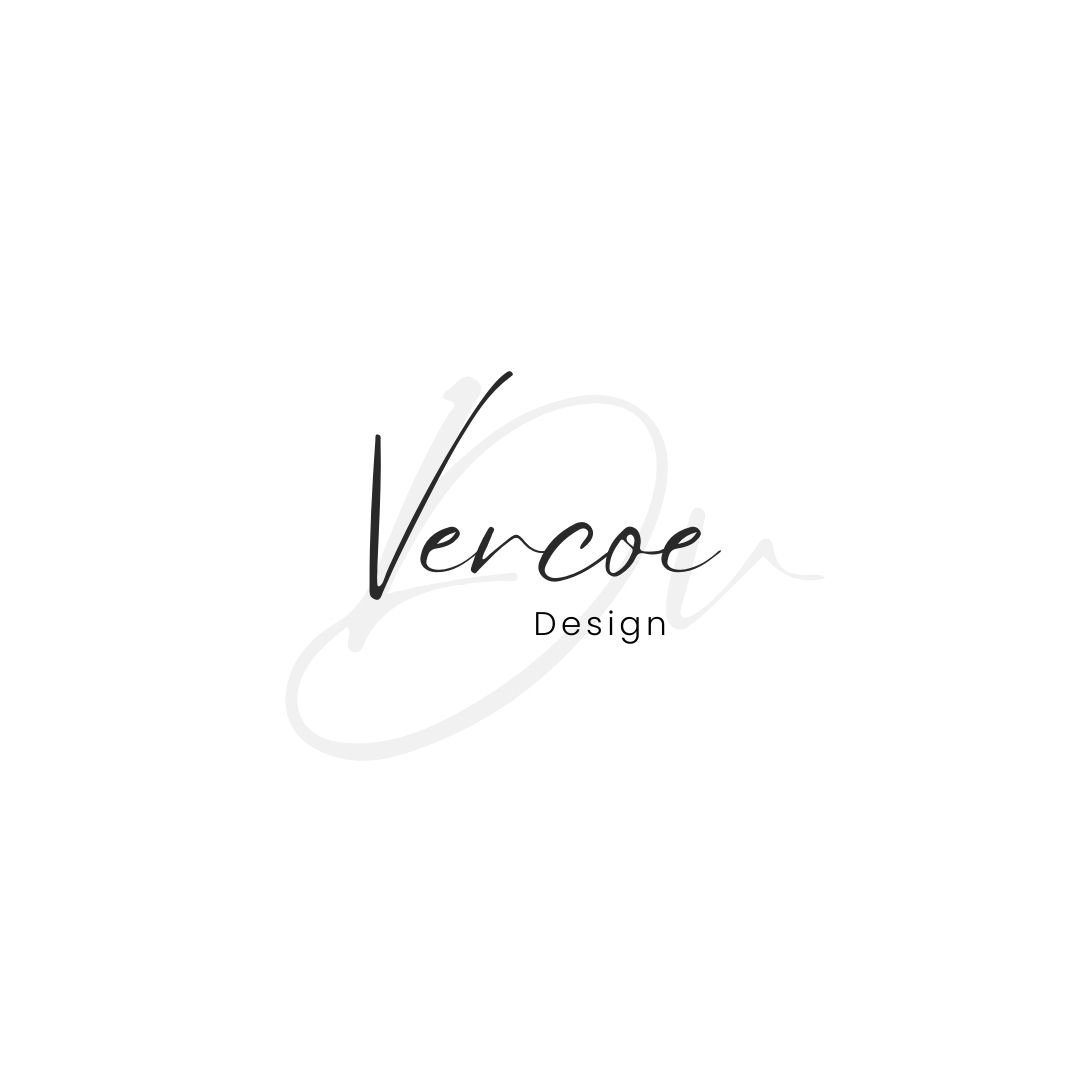Five Senses in Design | Texture
Understanding Texture in Design
Texture is an essential element in design, offering a tactile quality to surfaces that enriches our sensory experience. From soft and smooth to rough or matte, texture adds depth and interest to interior spaces. While often overlooked, texture plays a crucial role in creating inviting and visually appealing environments.
In early childhood, the sense of touch drives much of our exploration and learning. However, as we grow older, societal norms often discourage touching, leading to a diminished emphasis on tactile experiences. Yet, the innate pleasure and curiosity for the quality of surfaces remain ingrained in our human nature.
Within a room, various elements such as fabrics, furniture, flooring, and accessories offer distinct textures, detectable through both sight and touch. By strategically combining textures, you can add layers of interest and depth to a space, enhancing its overall aesthetic appeal.
Incorporating Texture into Your Design
1. Choose Textures Wisely: Select textures that complement the overall decorating style of the room. Whether formal or rustic, textures should align with the desired ambiance.
2. Manipulate Perception: Utilise matte, soft textures to create a sense of intimacy in larger rooms, while shiny or reflective surfaces can make smaller spaces appear more expansive.
3. Address Imperfections: Heavily textured materials can effectively conceal uneven surfaces, providing both visual interest and practical functionality.
4. Enhance Monochromatic Schemes: In spaces lacking pattern diversity, leverage contrasting textures to enliven areas of plain colour, adding depth and visual intrigue.
5. Play with Light: Experiment with translucent or coarsely woven fabrics to filter light, creating subtle textural effects that enhance the ambiance of a room.
6. Embrace Natural Elements: Incorporate naturally textured materials to infuse interiors with character and a sense of history. Worn surfaces can add authenticity and aesthetic appeal.
7. Appeal to the Senses: Introduce subtle textures that invite touch, such as fine silk or rough stone floors, enhancing the sensory experience within a space.
8. Consider Visual Texture: Incorporate patterns across various surfaces to create visual texture, adding dimension and interest to the design scheme.


